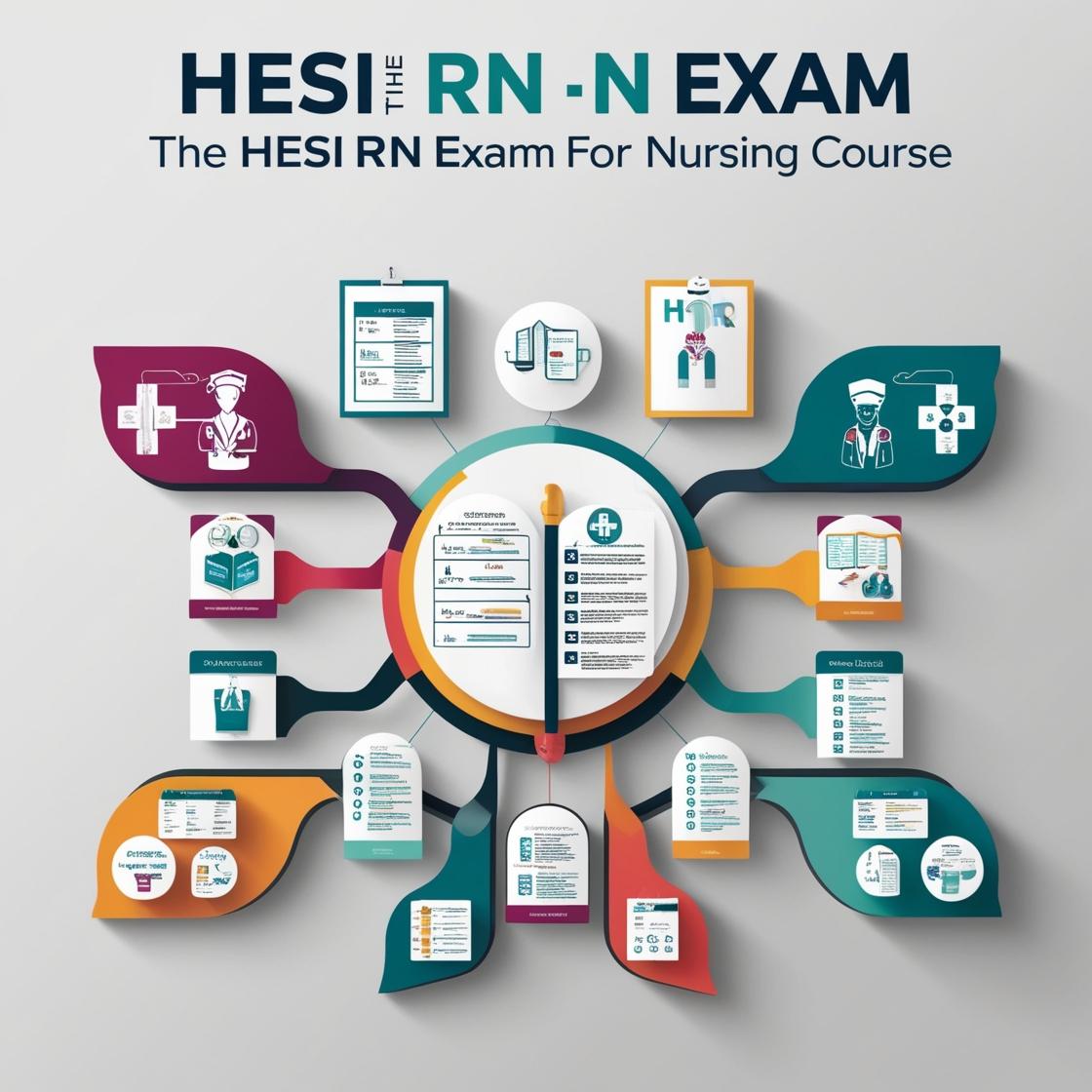HESI RN
HESI Practice Test Pediatrics
1. A child with pertussis is receiving azithromycin (Zithromax Injection) IV. Which intervention is most important for the nurse to include in the child’s plan of care?
- A. Obtain vital signs to monitor for fluid overload
- B. Change IV site dressing every 3 days and as needed
- C. Monitor for signs of facial swelling or urticaria
- D. Assess for abdominal pain and vomiting
Correct answer: C
Rationale: Monitoring for signs of an allergic reaction, such as facial swelling or urticaria, is crucial when administering antibiotics like azithromycin. It is important to watch for these signs to promptly identify and manage any potential adverse reactions during the course of treatment.
2. A 16-year-old male client who has been treated in the past for a seizure disorder is admitted to the hospital. Immediately after admission, he begins to have a grand mal seizure. Which action should the nurse take?
- A. Obtain assistance in holding him to prevent injury.
- B. Observe him carefully.
- C. Call a CODE.
- D. Place a padded tongue blade between the teeth.
Correct answer: B
Rationale: During a grand mal seizure, the priority action for the nurse is to ensure the safety of the client. Observing the client carefully allows the nurse to monitor the seizure activity, the client's breathing, and any signs of distress without interfering with the seizure process. Restraining the client or placing objects in the mouth can lead to injury and should be avoided. Calling a CODE is not appropriate for a seizure as it is a normal response to the client's condition.
3. A 6 year old who has asthma is demonstrating a prolonged expiratory phase and wheezing and has a 35% of personal best peak expiratory flow rate (PEFR). Based on these findings, what actions should the nurse take first?
- A. Administer a prescribed bronchodilator.
- B. Encourage the child to cough and deep breath.
- C. Report findings to the health care provider.
- D. Determine what triggers precipitated this attack.
Correct answer: A
Rationale: Administering a bronchodilator will help open the airways and improve breathing.
4. The healthcare provider is assessing an infant with diarrhea and lethargy. Which finding should the provider identify that is consistent with early dehydration?
- A. Tachycardia
- B. Bradycardia
- C. Dry mucous membranes
- D. Decreased skin turgor
Correct answer: A
Rationale: Tachycardia is a common early sign of dehydration in infants. It is important for healthcare providers to be vigilant in monitoring infants with these symptoms, as prompt intervention is crucial to prevent further complications.
5. The practical nurse (PN) is caring for an adolescent who has been diagnosed with mononucleosis. Which activity should the PN advise the adolescent to avoid?
- A. Playing video games.
- B. Drinking caffeinated beverages.
- C. Participating in contact sports.
- D. Eating spicy foods.
Correct answer: C
Rationale: Contact sports should be avoided in mononucleosis due to the risk of spleen rupture, which is a serious complication of the disease. The spleen can enlarge in mononucleosis, making it more susceptible to injury from contact sports, potentially leading to a life-threatening situation if rupture occurs.
Similar Questions

Access More Features
HESI RN Basic
$89/ 30 days
- 50,000 Questions with answers
- All HESI courses Coverage
- 30 days access @ $89
HESI RN Premium
$149.99/ 90 days
- 50,000 Questions with answers
- All HESI courses Coverage
- 30 days access @ $149.99
